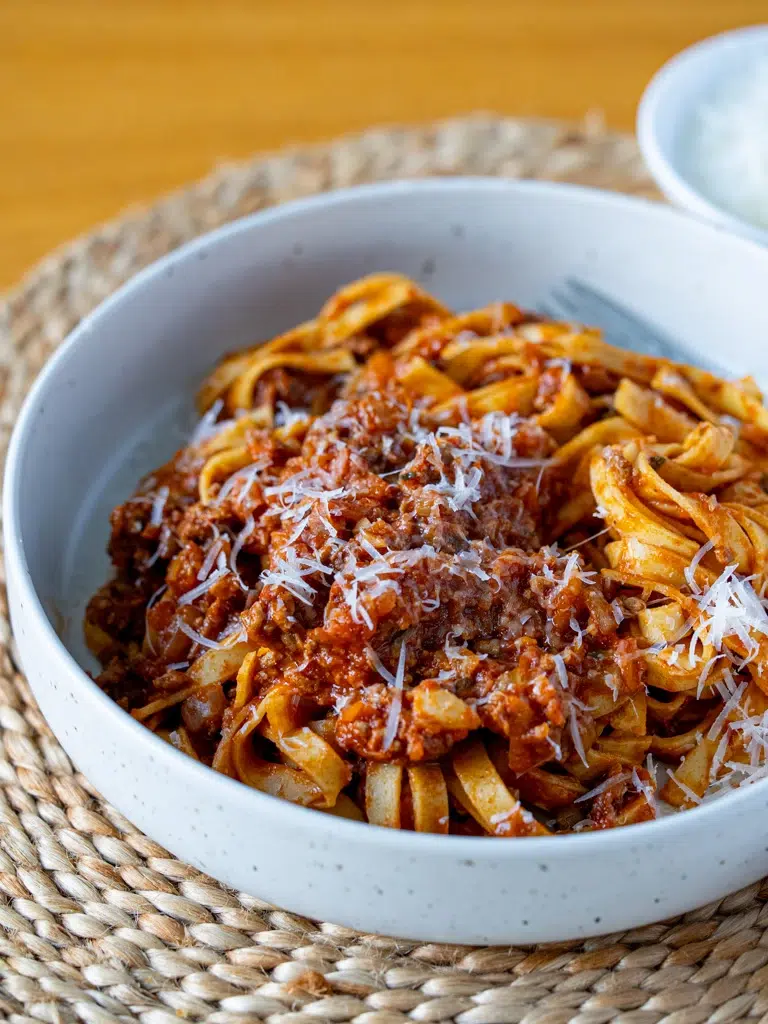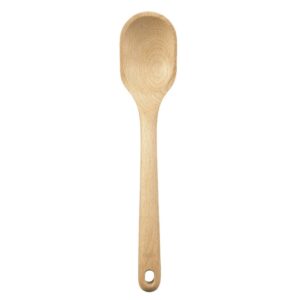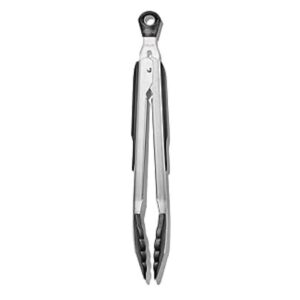Ingredients
- 2 tablespoons extra-virgin olive oil
- 1 onion (or 2 small onions), finely diced
- 1 celery stalk, finely diced
- 2 carrots, peeled and grated
- 1 large zucchini (courgette) or 2 small zucchini, peeled and grated
- ½ tsp sea salt flakes, plus extra to taste
- 200 g (7 oz) mushrooms, finely diced (I used Swiss brown)
- 1 tsp freshly minced garlic
- 500 g (1 lb 2 oz) minced (ground) beef (see note 1)
- 2 tbsp tomato paste (concentrated puree)
- 700 g (1 lb 9 oz) passata
- 2 cups (500 ml) beef stock
- 2 bay leaves (dry or fresh)
- 1 tsp caster (superfine) sugar
- Freshly cracked black pepper, to taste
- 400 g (14 oz) fettuccine (or pasta of choice), cooked as per the packet instructions
- ½ cup (50 g) freshly grated parmesan, to serve
Instructions
- Cook the veggies – Heat the oil in a large, heavy-based frying pan over medium–high heat.
- Add the onion and cook, stirring, for 1–2 minutes until slightly softened.
- Add the celery, carrot, zucchini and ½ teaspoon of salt. Cook, stirring, for 4–5 minutes until softened. Don’t skip the salt – it draws out moisture and helps the veggies soften without browning.
- Add the mushrooms and garlic and cook, stirring, for 2–3 minutes, or until the mushrooms have softened.
- Add the beef – Add the beef mince and cook, stirring, for 2–3 minutes, until browned.
- Add the remaining ingredients – Stir through the tomato paste, then immediately add the passata, beef stock, bay leaves, caster sugar and salt and pepper to taste. Bring to a simmer.
- Simmer – Reduce the heat to medium–low and cover, with the lid ajar. Simmer for 25–30 minutes, stirring occasionally, until the sauce has thickened.
- Toss the sauce with pasta and serve – Remove the bay leaves. Toss the cooked pasta through the sauce using tongs and serve sprinkled with the parmesan.
Notes
Note 1 – You can use up to 800 g (1 lb 12 oz) of minced (ground) beef, pork or chicken in this recipe (or a mixture of any of these if you prefer), if you want to increase the overall protein in the recipe. You can also add up to 800 g (1 lb 12 oz) tinned drained, rinsed lentils at the same time as the passata. They will melt into the sauce as it cooks.
Make ahead
Make the full sauce ahead of time (without the pasta) and store it in an airtight container in the fridge for up to 3 days. When you’re ready to serve, reheat gently on the stovetop or in the microwave, adding a splash of water to loosen if needed. Cook the pasta fresh and toss it through the hot sauce before serving.
To freeze – Let the sauce cool completely, then portion it into airtight containers or freezer bags (flatten bags for easy stacking). Label and freeze for up to 3 months. Thaw overnight in the fridge before reheating.
Leftovers
Fridge – Store the sauce and pasta separately in airtight containers for up to 3 days. If stored together the pasta may absorb the sauce and soften slightly, but it will still be delicious.
Freezer – Freeze the sauce on its own (not with the pasta) for best texture. Store in labelled airtight containers or reusable freezer bags for up to 3 months.
To thaw – Thaw in the fridge overnight or use the microwave defrost setting.
To reheat – Reheat the sauce in the microwave in 30-second bursts, stirring between each burst, or gently on the stovetop with a splash of water to loosen.
- Prep Time: 10 mins
- Cook Time: 40 mins
- Category: Beef
- Method: Stovetop
- Cuisine: Modern Australian


